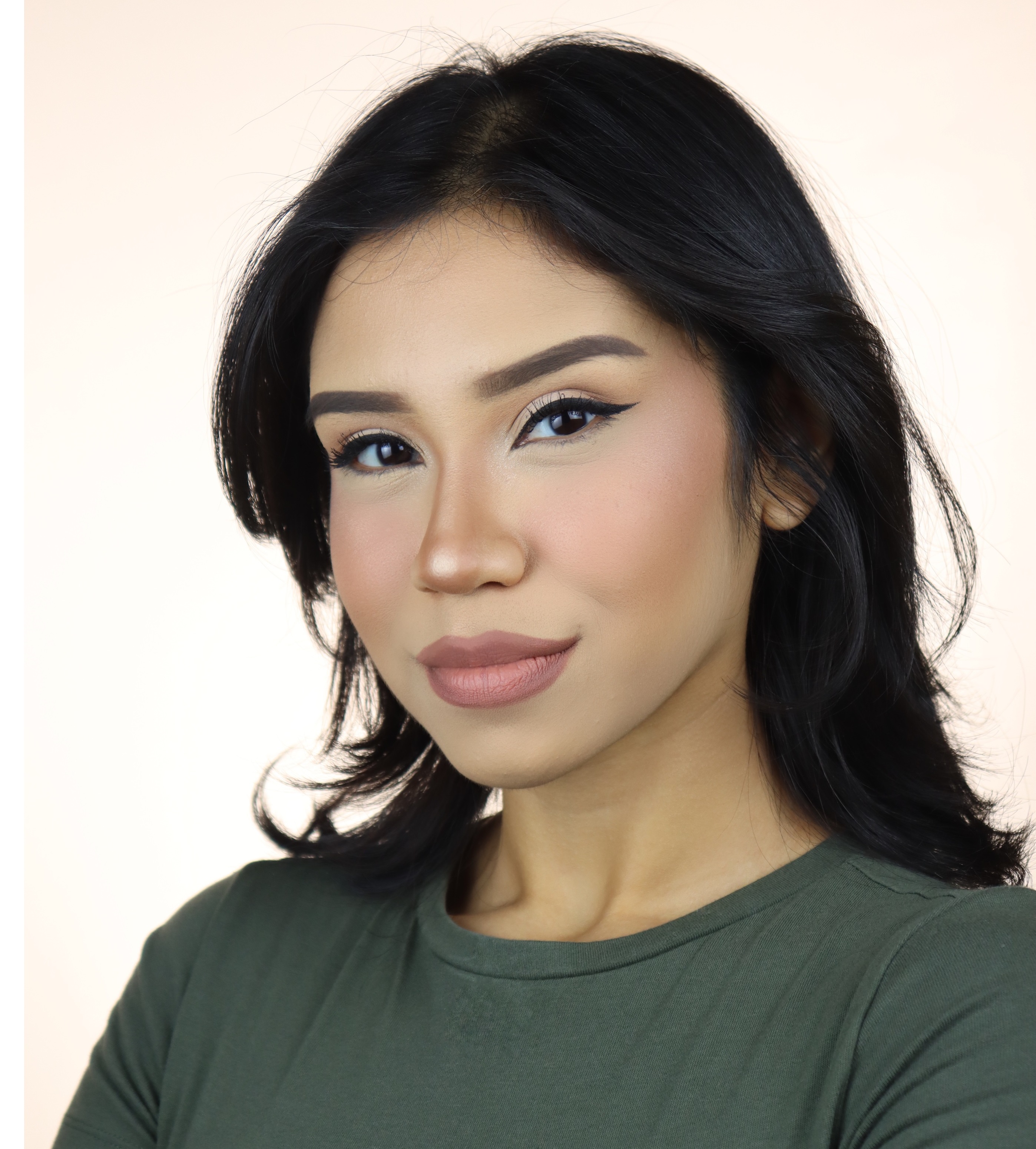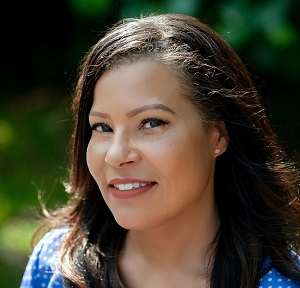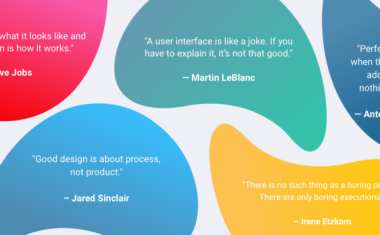Free UX Design Course
Dive into UX design with our free starter course. Transform your creative ideas into user-friendly solutions.
As you begin your education in user experience, there’s likely a plethora of questions you have about finding your first UX design job. The typical questions include:
- What are hiring managers looking for?
- What should my portfolio look like?
- Do I need to know how to code?
- Should I start with an internship?
- Is it better to work in a UX agency or for a corporation?
- Can I be a digital nomad?
These are absolutely relevant questions; however, there is a better set of questions to focus on when looking for the right role for you.
See, you shouldn’t look for any job. You should search for the right job.
It’s important to understand what you want to get out of a role and from a company—after all, you are interviewing them just as much as they are interviewing you (even though it might not always feel that way).
The following questions are meant for you to consider while you’re searching for a UX design job or during the interview process (learn more about UX design here). They’re great for those new to the field, but can be helpful to people of all experience levels.
The questions are based on what I’ve learned from past experiences—the highs, the lows, and everything in between. I’ll share anecdotes along the way as I divulge my learnings from the last 10 years with you.
Related: How to Get a UX Job
Do you believe in the company and its leadership?
A few years ago, I was offered a position that would have required that I relocate from the Midwest to the West Coast, something I had dreamed about doing. I had truly enjoyed meeting the design team, was excited about the opportunity to expand the team’s UX practices, and would get the chance to work on an agile team for the first time. This all aligned with a role that I could see myself in next.
About three months into my new job, I found myself in a prioritization meeting where leadership was misaligned and advocating for very different product directions. It was during this meeting that I realized all of the design decisions I would make at this company would hinge on the resolution of this misalignment. As a design thinker, I supported the leadership team in making some headway out of this situation through a series of conversations around the pain points and needs of our core audience. In the end, because of the leadership’s unwillingness to align on a single product strategy, they lost many talented folks in product development. Even though I loved the impact we were attempting to make and had a personal connection to the audience, I had to leave the company so I could actually have an effect, versus only talking about the types of impact we could make.
It’s difficult to not be seduced by a perfect job description and get swept up in the excitement (and anxiety), like I was with this role. It’s important, however, to take a step back and ask yourself: is this a company that I believe in? Do they have a mission that aligns with my values? Do they have the right leadership to support that mission?
To get a better understanding of how the executive team supports the mission of the company, ask the hiring manager and the people in leadership roles who interview you questions like:
- How does the leadership team align their visions with the company mission?
- What drives the product experience?
- How will this role support the mission and vision of the company?
If they are unable to answer these questions or their responses leave a lot to be desired, it’s a good indicator that the company is misaligned or doesn’t have clear direction from leadership. This type of ambiguity causes tension across teams and often indicates the lack of a clear decision-maker in the company.
Additionally, you’ll be judging whether the answer to these questions aligns with your personal values.
Get To Know Other Design Students
Mireya Luna
Student at Springboard UI/UX Design Bootcamp
Natalie Breuner
UX Designer And Researcher at Magoosh
Xiomara Romine
UX/UI Designer at FutureSight
Does the company have a culture you can thrive in?
As a female in tech, I often find myself in male-dominated rooms. To be honest, it didn’t dawn on me that I was the only woman in these rooms until a few years into my career, when a male coworker reiterated (without giving credit) a point I had made to the rest of the male-dominated group. As many of these stories go, this group disagreed with me, yet agreed moments later with my male coworker, who then smiled at me as though he had done me a favor.
Inequality comes in many forms. When looking for a new role, it is important to understand how the company’s culture supports (or doesn’t) inclusion of all types of people and diversity of thought.
When looking for a new UX design job, ask leadership and hiring managers:
- What are the company’s most important values?
- What role does diversity and inclusion play at the company?
- How are leadership and my manager held accountable for diversity and inclusion measures?
As a UXer, we are problem solvers. But we can’t problem-solve well if we don’t understand multiple perspectives and how they are impacted by our solutions. We must highlight our differences to have this understanding. You should look for a role where leadership doesn’t hire and resource based on comfort, but rather based on growing the team’s perspectives and gaining an inclusive approach to product development. This means diversity in race, gender, educational background, experience, etc., so that you and your team can do your jobs well and become more aware of your blind spots.
Does the UX/design organization cultivate supportive, constructive, and growth-oriented feedback?
In order for a designer to grow and thrive in their craft, constructive feedback is crucial. The hard part about feedback is that it requires presence, strong listening skills, and empathy. If your peers and managers are not present, don’t have time, or don’t personally care about your (and the team’s) growth, they’re probably not able to give you the type of feedback you’ll need to become a better designer.
When searching for a new UX design job, ask the hiring managers and peer designers:
- How does the design team conduct critiques?
- Does the design team have a framework for providing feedback?
- How are other disciplines brought into critiques?
Related: What Does a UX Designer Do?
Giving and receiving feedback well is more of an art than a science. Feedback doesn’t just come from the design team, either. Feedback should come from everyone you’re working with, like engineers, product managers, the QA team, and others within product development. But it also can come from marketing, branding, content, and even science, if that is part of your company’s makeup. Getting feedback from those outside the design team (think user surveys) will help strengthen your perspective and the design.
As for feedback from your design colleagues, you want to look for a team that practices good behavior during feedback, particularly if you’re a new UXer. You want to see that the team is positioning feedback in a way that is helpful, not harmful.
A bad example of feedback might look something like this:
“I don’t like this section over here. It doesn’t resonate with me and the colors are off. I don’t know why you would have used this design pattern.”
Notice the ambiguity of the feedback and the lack of user-centricity. The feedback provider, in this case, was self-referential and judgmental.
A good example of feedback would look something more like this:
“I see you’ve used our commonly used design patterns for this card. Have you considered using a carousel card instead?”
Or:
“It’s clear that you are thinking about the user. I’m curious how you came to the decision of using this design pattern here. Can you talk me through that?”
In both of these examples, you might have noticed that the self-referencing and judgment are gone; yet, we are asking the designer the same question: why that particular design pattern?
Design organizations that do feedback well have a framework to help designers provide constructive criticism and insight for their teams. Signs that the organization is doing this right:
- They have a framework for feedback
- They have feedback rituals (scheduled critiques or a way to schedule them)
- They bring in people outside of design for the feedback session
And to find out if these teams actually walk the walk of good feedback, ask for a whiteboarding session or to shadow a typical critique during your interview process. If the company says no, that’s likely a bad sign.
I’m sure this list could go on and on; from my experience as an interviewee, an interviewer, and my time mentoring aspiring UX designers, these are the right types of questions you should be asking in your interviews. The hiring manager will certainly be impressed.
Additional Resources
Cultivating a Creative Culture by Justin Dauer
Radical Candor by Kim Scott
Team Models for Scaling a Design System by Nathan Curtis
The Highs and Lows of Being a Woman in Tech by Elizabeth Grace Becker
Diverse Teams Feel Less Comfortable — and That’s Why They Perform Better by David Rock, Heidi Grant, and Jacqui Grey
10 Interview Questions to Determine If a Company Is as Inclusive as It Claims by Emily Moore
Since you’re here
If you want to work in design, you can. It’s that simple. With our UX Bootcamp, we’ll help you launch your design career in 9 months or less. Browse our free UX salary guide to see what you could be making






